The Ancient Tapestry of Saffron
Saffron, revered as the “queen of spices,” weaves through ancient history, gracing the robes of Egyptian royalty and adorning the gardens of the Persian Empire. Its vibrant threads, cultivated with meticulous care, tell a tale of cultural richness, culinary heritage, and enduring allure—a tapestry that transcends time. From Mesopotamia to the modern-day, saffron’s golden legacy persists as a symbol of luxury and historical significance.
A Historical Odyssey
The history of saffron spans millennia, with its origins believed to lie in the cradle of civilization, Mesopotamia. Ancient cultures, including the Egyptians, Greeks, and Romans, cherished saffron for its aromatic and medicinal properties. It adorned the robes of Indian monks, found its way into royal gardens during the Persian Empire, and became a sought-after trade commodity along the Silk Road.
Saffron in Art and Culture
Saffron’s influence extends beyond the culinary realm; it has inspired poets, artists, and mystics. Its vibrant hue has been immortalized in art, symbolizing passion, luxury, and spirituality. From the intricate illustrations in medieval manuscripts to the golden robes of Buddhist monks, saffron’s presence in culture is a testament to its enduring significance.
The Cultivation of Red Gold
In the saffron fields of Iran, particularly the Khorasan region, the cultivation of red gold unfolds with meticulous care. The delicate Crocus sativus flowers bloom briefly in the fall, and each handpicked stigma becomes a precious saffron thread. While Iran leads, other regions such as Spain’s La Mancha and India’s Kashmir Valley contribute to a diverse global palette, each terroir infusing its saffron with distinct flavors and characteristics.
Saffron Fields of Iran
Iran, particularly the Khorasan region, is hailed as the world’s saffron capital. The meticulous cultivation of saffron involves planting the corms in well-drained soil during the hot summer months. The flowers bloom for a short period in the fall, and each delicate bloom yields only three red stigmas—the precious saffron threads—that are handpicked with great care.
Global Saffron Hotspots
While Iran leads in saffron production, other regions have also carved a niche for themselves. Spain’s La Mancha region and the Kashmir Valley in India are renowned for producing saffron of exceptional quality. The unique terroir of each region imparts distinct flavor notes and characteristics to the saffron, creating a diverse palette for culinary enthusiasts.
Saffron in the Culinary Symphony
Saffron, the heart of the culinary symphony, imparts a golden hue and complex flavor to dishes worldwide. From the iconic Spanish paella to Persian saffron-infused rice, its aromatic threads elevate recipes to extraordinary heights. The art of saffron infusion adds a touch of luxury to both sweet and savory creations, creating a harmonious fusion of taste and visual appeal.
Culinary Gold
The culinary uses of saffron are as diverse as the cultures that embrace it. Its fragrant, honey-like aroma and earthy, slightly bitter taste make it a prized addition to both sweet and savory dishes. Saffron imparts a distinctive golden color and a complexity of flavors that elevate dishes to extraordinary heights.
Signature Dishes
From the iconic Spanish paella to the delicate Persian saffron rice, saffron is a key player in some of the world’s most cherished recipes. Its versatility extends to desserts, where it graces treats like Indian kulfi, Italian risotto Milanese, and French saffron-infused madeleines.
The Art of Saffron Infusion
Infusing saffron properly is an art. Traditionally, saffron threads are soaked in warm liquid, releasing their color and flavor. This infusion is then added to the culinary canvas, imparting a golden hue and a depth of taste that distinguishes saffron-laden dishes.
Saffron’s Health Elixir
Saffron, a health elixir, boasts a rich nutritional profile with potent antioxidants like crocin and safranal, combating oxidative stress and promoting overall well-being. Its centuries-old role in traditional medicine attests to its medicinal properties, offering remedies for digestive issues, insomnia, and respiratory conditions. A golden treasure, saffron continues to captivate not only as a culinary delight but also as a source of potential health benefits.
Nutritional Prowess
Beyond its culinary allure, saffron boasts an array of health benefits. Rich in antioxidants such as crocin and safranal, saffron combats oxidative stress, supporting overall well-being. Additionally, it contains compounds that may have anti-inflammatory and mood-enhancing effects.
Saffron in Traditional Medicine
Throughout history, saffron has been treasured for its medicinal properties. It finds a place in traditional medicine as a remedy for various ailments, including digestive issues, insomnia, and respiratory conditions. Modern research continues to explore the potential therapeutic applications of saffron.
The True Cost of Red Gold
The true cost of red gold lies in the labor-intensive harvesting process, where delicate saffron threads are meticulously hand-picked during a brief flowering season, making it one of the world’s most expensive spices. However, concerns of adulteration persist, emphasizing the importance of sourcing saffron from reputable suppliers to ensure authenticity. Despite the challenges, the economic significance of saffron cultivation and its impact on local communities underscore its value beyond its weight in gold.
Saffron Harvesting Challenges
The labor-intensive process of harvesting saffron threads makes it one of the world’s most expensive spices. Each flower yields only a small number of delicate stigmas, necessitating meticulous hand-harvesting. The saffron harvest season is brief, and the fragile threads require careful handling to preserve their quality.
Saffron Adulteration Concerns
The high value of saffron has led to instances of adulteration, where lower-quality substances are added to bulk up the weight. Authenticating the purity of saffron is crucial, and consumers are encouraged to source saffron from reputable suppliers who adhere to quality standards.
Saffron’s Global Impact
Saffron’s global impact extends beyond its culinary allure, playing a pivotal role in the economies of producing regions and fostering cultural exchange. As a source of livelihood for farmers, the delicate balance between tradition and commerce is maintained, contributing to the preservation of time-honored cultivation techniques. Saffron festivals and culinary tourism further celebrate its significance, drawing enthusiasts to witness the harvest and indulge in saffron-infused delights.
Economic Significance
Saffron cultivation plays a pivotal role in the economies of producing regions. It provides livelihoods for farmers and communities, creating a delicate balance between tradition and commerce. The global saffron trade fosters cultural exchange and contributes to the preservation of time-honored cultivation techniques.
Culinary Tourism and Saffron Festivals
Saffron’s allure extends to culinary tourism, with enthusiasts traveling to saffron-producing regions to witness the harvest and indulge in saffron-infused delights. Saffron festivals celebrate the spice’s cultural and gastronomic significance, drawing visitors from around the world.
Saffron in the Future
In the future, sustainable saffron farming practices aim to minimize environmental impact and ensure the longevity of this precious spice. As global awareness of sustainability grows, saffron continues to adapt to eco-friendly methods, embracing a harmonious relationship with nature. From innovative culinary creations to cutting-edge skincare formulations, saffron stands poised at the forefront of evolving trends, exploring new frontiers in gastronomy, wellness, and beyond.
Sustainable Saffron Farming
As global awareness of sustainability grows, saffron cultivation is adapting to eco-friendly practices. Sustainable farming methods aim to minimize environmental impact and ensure the longevity of saffron fields.
Exploring New Frontiers
As saffron captures the imaginations of chefs, health enthusiasts, and beauty aficionados, its journey continues into new frontiers. From innovative culinary creations to cutting-edge skincare formulations, saffron remains at the forefront of global gastronomy and wellness.
Conclusion
Saffron, the world’s best spice, transcends its status as a culinary ingredient. It is a testament to the interplay of history, culture, and nature. From the saffron fields of Iran to the kitchens of renowned chefs, from ancient medicinal practices to modern research labs, saffron’s journey is a captivating odyssey that continues to unfold. As we savor its golden threads in our favorite dishes, infuse our skincare routines with its essence, and celebrate its cultural significance, saffron remains an enduring symbol of excellence—a spice that truly reigns as the “gold standard” in the world of flavors, aromas, and experiences.
FAQs
1.What makes saffron the best spice in the world, and what sets it apart from other spices?
Saffron is revered for its unique flavor, vibrant color, and versatile culinary applications, distinguishing it as the best spice globally. Its potential health benefits, including its role in heart health, make it a standout ingredient. The Spice House offers high-quality saffron to enhance both the flavor and potential health benefits of your dishes.
2. Can saffron be considered a treatment for depression, and what are the depression symptoms it may address?
Studies suggest that saffron may have potential benefits in the treatment of depression. Its active compounds may positively impact serotonin levels, alleviating depression symptoms such as low mood and anxiety. However, it is essential to consult with a healthcare professional for personalized advice on using saffron for mental well-being.
3.How does saffron contribute to heart health, and is it effective in preventing heart disease?
Saffron has been linked to heart health, with potential benefits in preventing heart disease. Its antioxidant properties, along with its ability to improve blood flow and lower blood pressure, make it a valuable addition to a heart-healthy diet. Including saffron in your culinary repertoire may contribute to cardiovascular well-being.
4.What are the potential health benefits of saffron, beyond its culinary uses?
Saffron offers a range of potential health benefits, from antioxidant properties that combat oxidative stress to its role in promoting heart health and regulating blood pressure. Its versatile nature allows it to be incorporated into various dishes, providing both flavor and potential health advantages.
5.How can saffron positively impact blood pressure, and is it a suitable addition for those with hypertension?
Saffron has shown promise in positively influencing blood pressure, with studies indicating its potential to lower both systolic and diastolic blood pressure. While it may be a beneficial addition for some individuals, those with hypertension should consult with their healthcare providers to determine the most suitable incorporation of saffron into their diet.




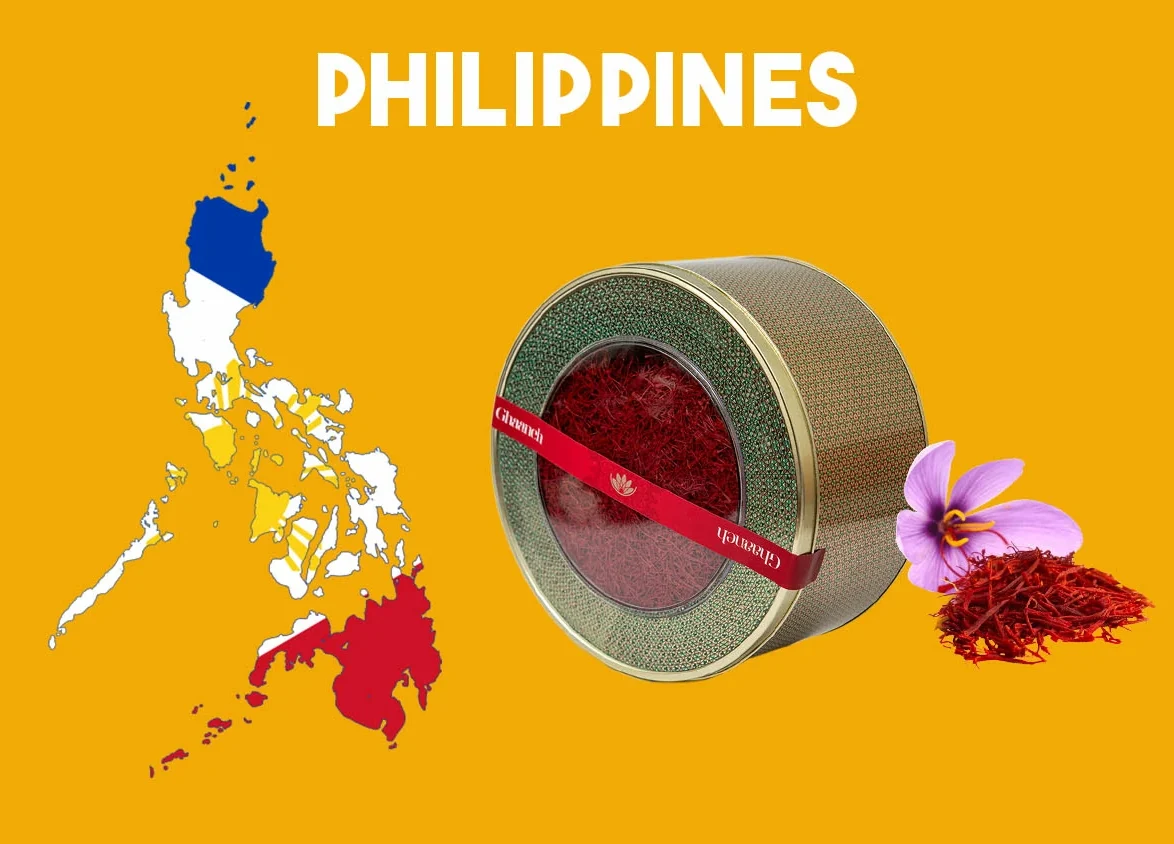
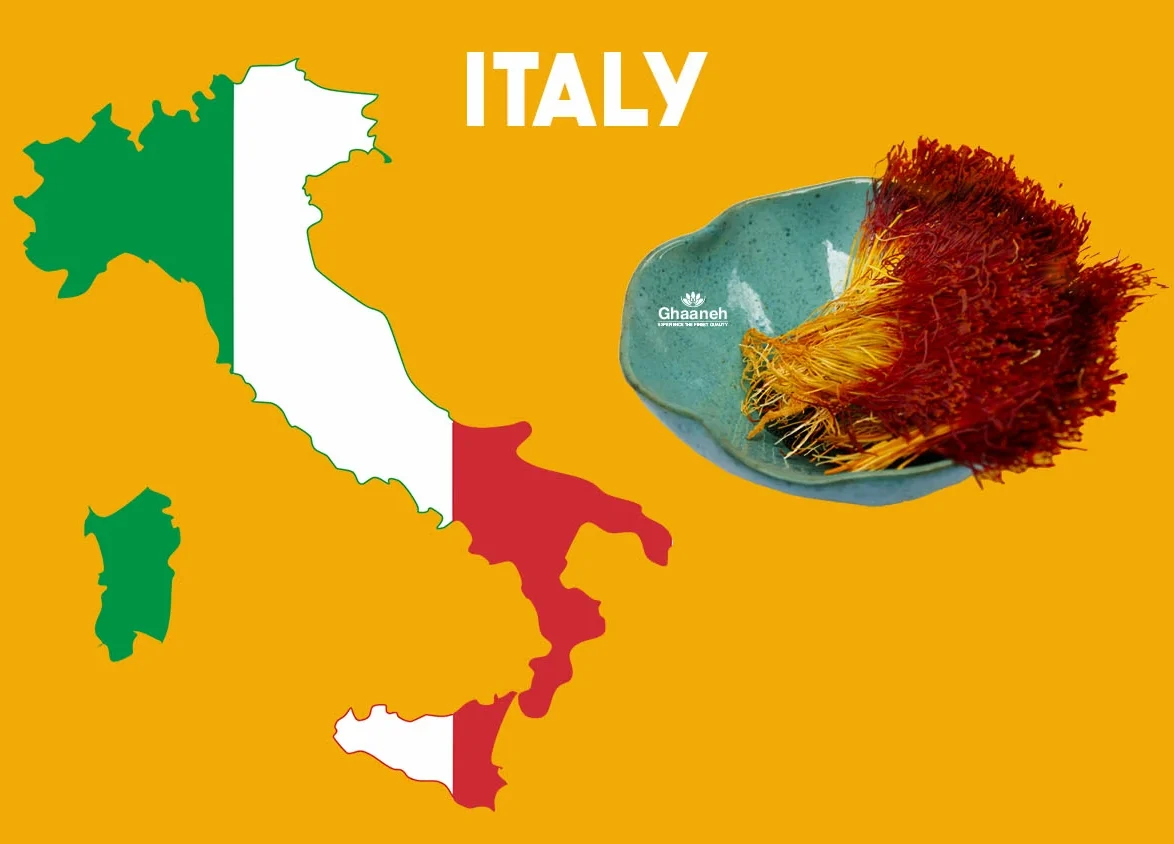
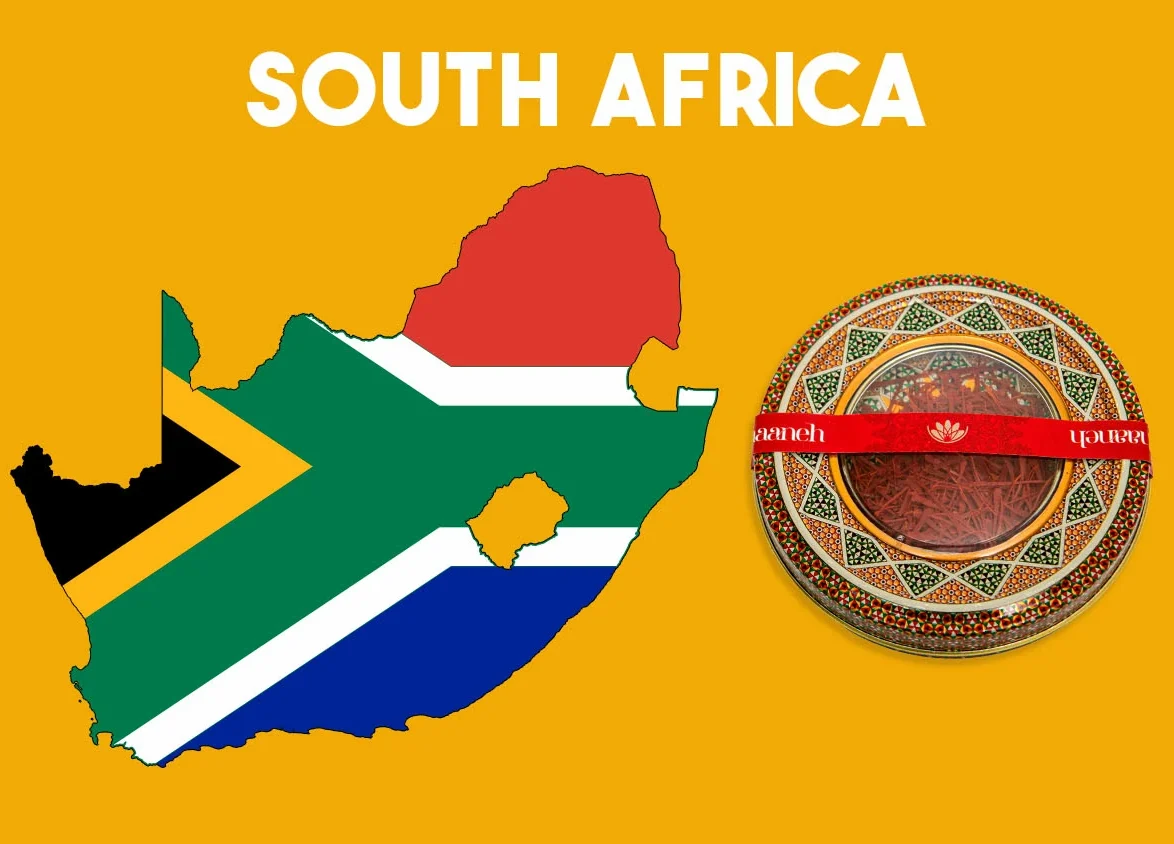

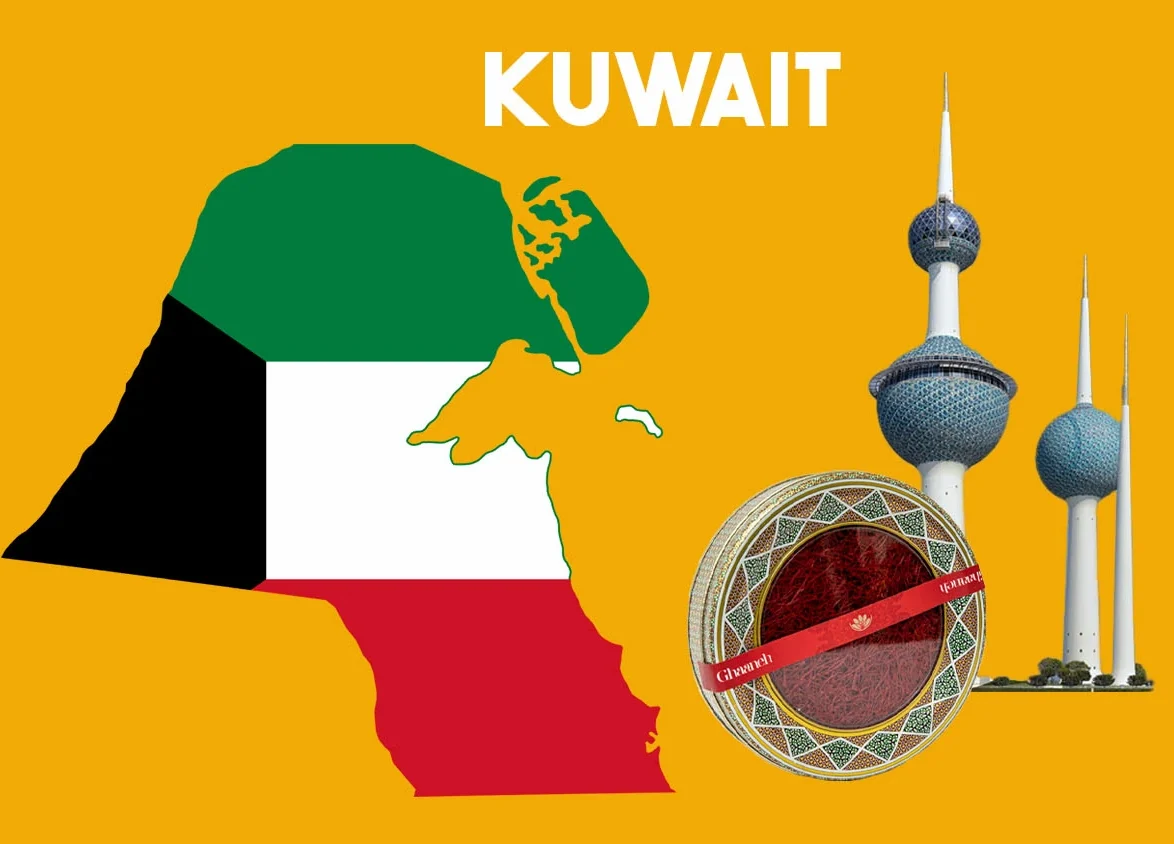
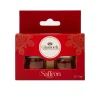
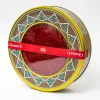
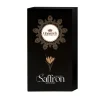
Queen of spices indeed! have not hear anyone call it that before.